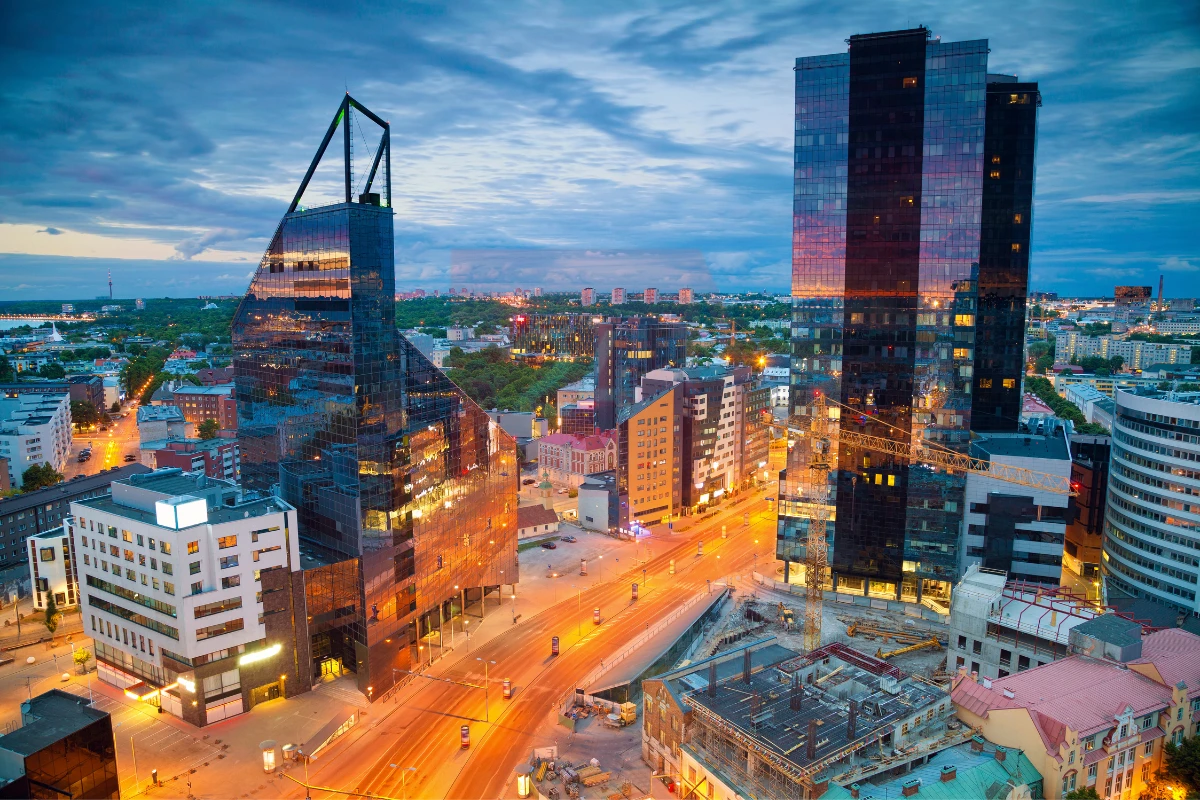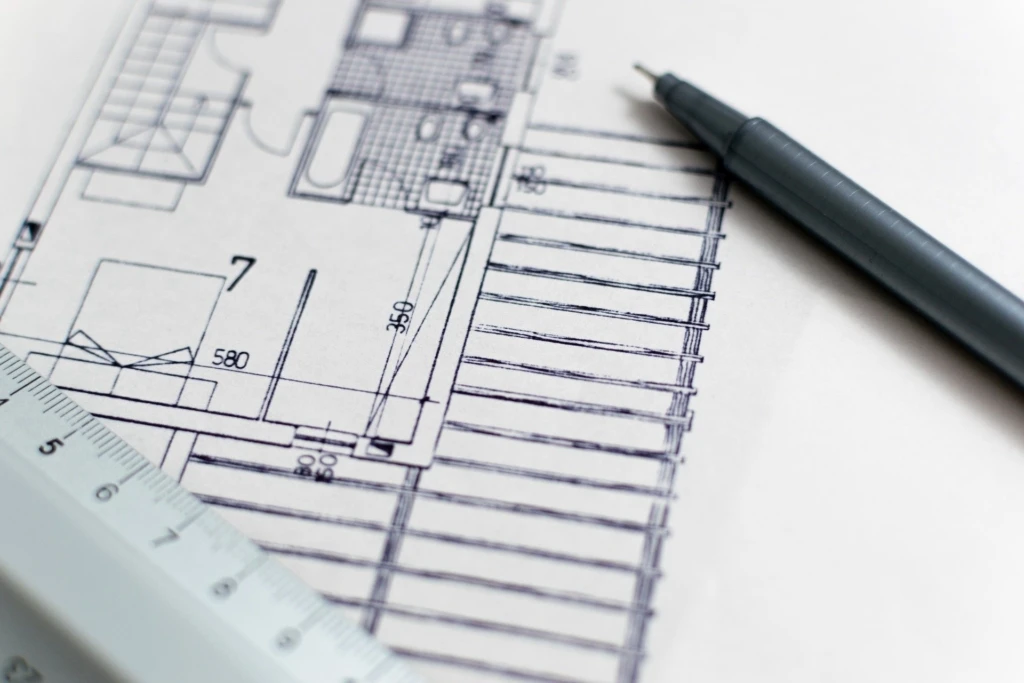2024 Real Estate Market Overview: From North to Boom

This year has brought long-awaited revival to the real estate market – how we got here, what is happening with property prices and what are the forecasts for the new year, commented real estate specialists Urmas Uibomäe, Igor Habal and Henno Viires.
The outgoing year started pessimistically for real estate enthusiasts – high euribor and home loan margins brought people's purchasing power so low that the real estate market threatened to face a challenging year. By the second half of the year, however, the real estate market has crawled out of the bottom and continues on a wave of rapid recovery.
According to Igor Habal, member of the board of Uus Maa Real Estate Bureau, real estate market activity in the second half of this year has increased by 20% and in some places even reached boom-time levels. "Against the backdrop of continuing euribor decline, we see how the momentum in the market is shifting from buyers to sellers," Habal said optimistically.
The revival is also evident from the statistics of the Kinnisvara24 portal, where despite a passive first half, listings were viewed 24% more over the year compared to the previous year. Advertiser activity also grew – individuals added an average of 29% more listings to the portal monthly than in 2023. "Already in July, when the rental apartment rally began, there was very active movement on the portal and as soon as the news of euribor cuts came in, people started very actively viewing listings for apartments and houses for sale," said Kinnisvara24 CEO Urmas Uibomäe.
While there was a sharp revival in residential real estate at the end of the year, in the commercial property rental market activity has not yet recovered and today there are more unrented offices than usual in new office buildings. "The decision to bring new office buildings to market is generally made 2 or more years before the building is completed, to which is added the construction time. This means that the decision to build the office buildings currently on the market was made at a time of high economic activity and its impact reached the market as reduced demand only this year," explained RE Kinnisvara senior consultant Henno Viires, who noted that despite the decline in activity, the vacancy of new office spaces has nonetheless been consistently decreasing.
Prices have stabilized
Real estate prices have remained flat for the second year in a row. "Over the past two years, real property prices have fallen 10%, and with the decline in interest rates, especially in the second half of this year, acquiring real estate became significantly more affordable again," added Uibomäe. "The fastest transactions this year were rental apartments with attractive pricing in attractive areas and sales offers that were put on the market at so-called below market price, meaning their appraisal was done for a larger amount than the sales price listed on the portal."
Average transaction prices remained around 170,000 euros, which allowed one to buy a cheaper two-room apartment in new development or a very well-maintained three-room apartment in standard projects. There was less demand for real estate whose price did not match its quality or location. "In some areas, similar apartments were sold where the price difference could be as much as 500 €/m2 and this was penalized by buyers," explained Habal.
Since supply is still abundant and the typical buyer remains price-sensitive, specialists predict discounts from several developers towards the end of this year and the beginning of the new one – especially from those who have been too optimistic in pricing their apartments.
A new popular area
In terms of office space, the Old Town and North Tallinn remain the most preferred. "Ülemiste City should also be counted under the Old Town, which formally is located in Lasnamäe district, but otherwise rather in the city center and its immediate surroundings," added Viires. "The trend of office space tenants concentrating more in the city center has been ongoing for some time, this is contrary to the earlier movement where space was rented outside the city center due to cheaper prices and better parking options."
Residential real estate is no longer sought after in the Old Town. "The Old Town has been built mainly on a plot basis, which is why you see projects of larger development areas very rarely here. However, buyers are increasingly preferring projects where living, working and leisure are interconnected, and North Tallinn with its industrial past is able to offer that," believed Habal. "New developments continue to perform well at cheaper developments, which is why Haabersti, despite large supply, remained popular."
Optimistic outlook for the new year
The continued decline in interest rates creates optimistic expectations for both transaction activity and price growth. "I believe we will see the 2022 activity level on the market, meaning the number of transactions and sales will grow by 5-10%. Price growth will be quieter in the first half and stronger in the second, remaining around 5%. One must also account for possible setbacks such as continued tax increases, which negatively affect the market, but overall the impact of interest rates on the market is stronger," said Habal.
Although the commercial property market continued to see declining activity in 2024, the market is expected to revive in 2025. "In the commercial property sales market, revival was actually evident already in 2024, especially in the second half of the year. However, from the new year, one would also expect the rental market to revive, which will first be reflected in an increase in the number of those interested in renting and is a prerequisite for changes in prices and supply," added Viires. "The revival of rental interest will first lead to existing vacancies and thus some reduction in supply. As a next step, we can see new developments beginning, which will again increase supply."




